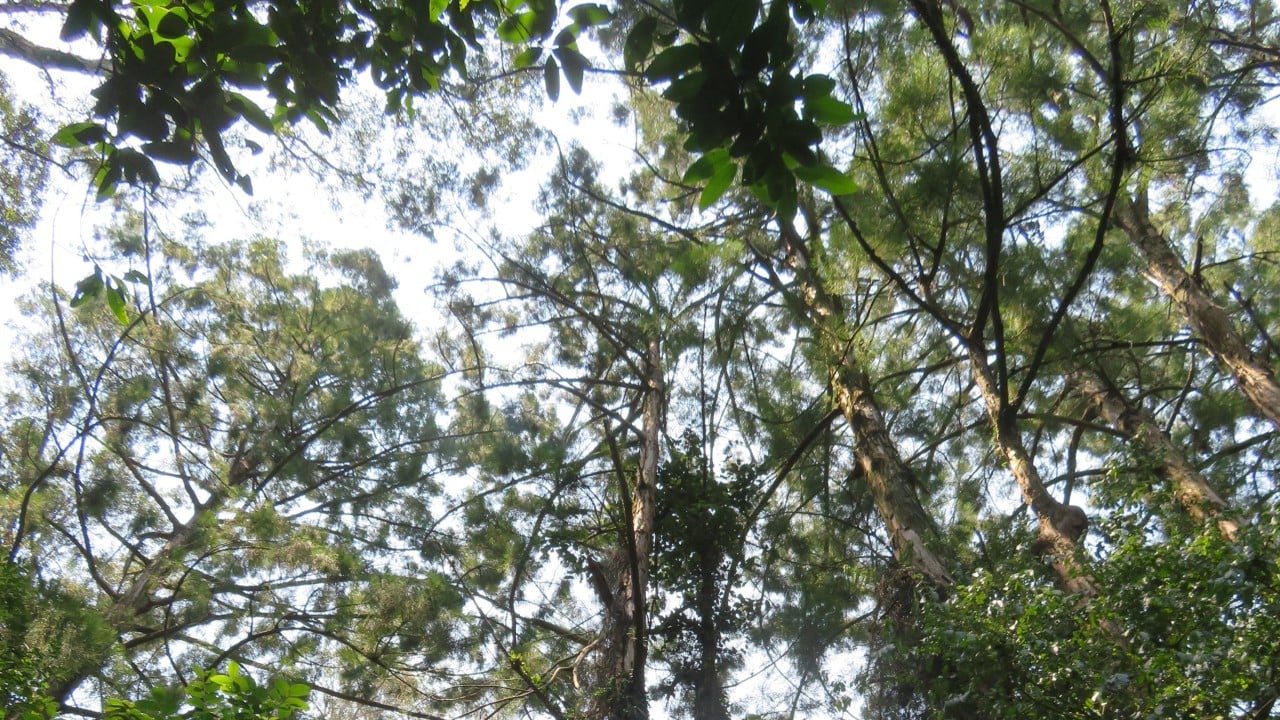A new study has corroborated an account of the Han conquest of the Nanyue kingdom in southern China (203-111BC) by ancient historian Sima Qian.
Advertisement
The researchers also linked the watershed military campaign to the decline of the Chinese swamp cypress, a tree species which is now critically endangered.
Geological evidence, pollen analysis and historical records were analysed to determine how the Han dynasty’s riverine warfare tactics reshaped history and the Pearl River Delta’s ecosystem more than 2,100 years ago.
The findings of the study – led by Sun Weidong from the Chinese Academy of Sciences’ Institute of Oceanology in Qingdao – were published in the peer-reviewed journal Science Advances on Wednesday.
Strikingly, sediment samples from the counties of Gaoyao and Sihui in Guangdong – ancient battlegrounds documented in Sima Qian’s Records of the Grand Historian – showed a stark decline in swamp cypress pollen around 100BC, while there was a spike in charcoal deposits.
Advertisement
That coincides with the Han’s assault on Nanyue’s capital, Panyu – modern Guangzhou – when the city was set ablaze.

